Make These 5 Changes in Business to Lower Your Expenses

Are you familiar with this scenario? Your revenue has increased, thanks to your consistent online business marketing efforts. But then you receive a notice from your suppliers that they are hiking the costs of their services. As a result, you end up just breaking even when you thought you would have increased your profits.
Perhaps the number of your customers is growing steadily now that your company is in its 2nd year in business. But instead of savoring this achievement, you can’t help but dread the 20% annual increase in your insurance policy.
For every win a small business enjoys, increasing business costs drag the victory a few steps back. For this reason, entrepreneurs turn all their efforts and resources towards the most obvious solution: increasing sales. There is, however, one equally effective way to balance cash flow and eventually grow as a company: reducing business expenses.
Why You Should Focus on Reducing Expenses as Much as Increasing Sales
In their efforts to close more sales and win new customers, entrepreneurs often forget or disregard regulating business costs. However, these two should go hand in hand if you want your business to grow.
Why?
The longer you stay in the industry and the wider your brand expands, the higher your operational costs get. You must learn to manage the expenses you incur so that your company can grow instead of crumbling under pressure.
But what does reducing expenses mean exactly?
It’s important to note that cost reduction is not the same as cost-cutting. Cost cutting is making immediate, almost drastic actions that eliminate certain types of expenditures. As a result, a company may have to let go of a particular service or project just to save money.
Cost reduction, on the other hand, requires continuous effort. With cost reduction, a company doesn’t necessarily have to let go of certain services but continue receiving it in more affordable terms.
The best way to go about doing this is to make adjustments in how you run your company and handle daily operations. Make these 5 changes in the business to lower your expenses:
1. Switch to Business Process Automation
You may be surprised at how some minor but indispensable business practices can take up so much of your time and finances. You can automate some of these processes, such as accounting, HR services, and customer communications, to save time and money. When you do this, you can focus on tasks with higher impact or urgency. Your associates can also spend their hours on more creative projects for driving new business development.
Here are a few tools that will help you switch over to business process automation:
- Tallyfy – a tool that helps companies eliminate flowcharts or manual forms in different functions such as pricing proposals and client or employee onboarding.
- Intercom – your website may be your 24/7 brand brochure and help desk but neither you nor your staff can be online round the clock. To answer common questions or help solve usual customer concerns, use intelligent chat responders from Intercom.
- Quickbooks –Studies show that 40% of entrepreneurs consider doing taxes as their least favorite part of owning a business. If you’re in the same boat, use this accounting software to prepare your tax documents and simplify taxation processes. Quickbooks also helps entrepreneurs keep transactions in one secure place as well as analyze cash flow through an easy-to-read interface.

2. Outsource Your Manpower
Think about the cost of hiring in-house employees:
- Office space (up to $1,000 per employee every month)
- Equipment ($10,000 to 100,000)
- Utilities and office supplies (20% of funds)
- Payroll (up to 50% of funds)
Imagine not having to pay for these anymore. That’s what can happen if you switch to outsourcing and hire a virtual assistant (VA) for different job functions. Aside from these apparent expenditures, you can also save on training materials as well as insurance and health care.
No experience with outsourcing? No problem! There’s already a plethora of online resources to help you learn everything you need to know when hiring a VA. Apart from being a cost-effective form of employment, working with a skilled and credible VA is a sure way to advance your brand.
Check out the different ways a virtual assistant can help your business:
- Content Curation – content writer VAs can create a blog and social media posts, write enticing and clear product descriptions, and make useful graphics such as infographics.
-
Administrative Support – watch how your productivity increases when a remote office assistant organizes your calendar, manages your calls and emails and takes care of all your appointments.
Customer Support – although some customer inquiries and concerns can be taken care of through automation, you still need a real person to engage prospects and take care of specific affairs.
3. Make the Most of Social Media Advertising
Social media is a valuable asset to entrepreneurs. Thanks to Facebook, Twitter, Instagram, Pinterest, and YouTube, entrepreneurs can save literally thousands of dollars by turning to social media marketing.
For instance, a primetime TV commercial that runs for only 30 seconds can cost up to $112,000. This is the price a brand pays regardless if the audience tunes in or not. On the other hand, brands that advertise on YouTube only pay for actual, complete views of their campaigns – and even then, it’s only $0.10 – $0.30 per view.

What’s more, social media ads are more precise when it comes to reaching their target audience. You can finetune your Facebook, Twitter, and Instagram campaigns so that they only reach people of certain demographics and locations on certain times of the day. You can also play YouTube ads before videos that are on the same niche for contextual targeting.
Aside from targeted and paid ads, another way you can leverage your campaigns is by working with a social media VA. VAs with specific training and skills on social media advertising are experts in visual presentation, post scheduling and monitoring, and audience engagement. Your VA is key to optimizing social media promotions that run for free. Because thanks to these networks, you can organically grow your market reach, introduce new products, and partner with other brands without spending a lot.
4. Buy in Bulk Only When Absolutely Necessary
Bulk purchases help you save with special wholesale offers while keeping your inventory up-to-date. However, bulk buying can also go south fast. You wouldn’t want to keep a warehouse full of materials only to be thrown away after a few years, right?
Think about the purchases you make in bulk. Chances are, you are used to buying some of these items for years that it has become automatic. It would be good to review the merits of these purchases on your current situation or goals. For example, you may be working with a supplier who provides you with a year-long paper supply. Instead of paying for hundreds of reams, wouldn’t it make more sense to go paperless or at least, reduce paper usage? Aside from being cost-effective, this also supports your vision to be a more environmentally conscious brand.
Another way to regulate bulk purchases is to consider market need in advance. When introducing a new product, use social channels to assess the interest of customers, offer pre-orders, or first dibs to long-time customers. That way, you only buy the number of supplies appropriate to its market demand. Aside from making you save on production, this will also help you avoid storage space troubles!
5. Partner with Other Brands
Whether you own a virtual business or run a brick-and-mortar store, your operational expenses can significantly drop if you partner with other brands. Through partnerships, you can reach more people as well as pool resources together to meet your inventory requirements.
While partnerships may mean different things for different brands, here are a few affiliations you can consider:
- Buying Groups – otherwise known as collective buying, this type of partnership provides a specific number of shoppers with hefty discounts. Many organizations are available online and accept membership applications through their websites. Group purchases are available for safety equipment, janitorial supplies, and industrial and packaging materials.
- Resource Libraries – partnership doesn’t always mean collective shopping. With resourced libraries, you can share top-grade equipment and supplies for a minimal membership fee. This means, entrepreneurs no longer need to spend thousands of bucks for things they will only use once or twice.
-
Cooperatives – especially common in agricultural industries, cooperatives assist small to medium scale companies to achieve their economic and social needs. In a nutshell, a cooperative is a democratically governed enterprise that works to offer mutual help to its members.
- Influencer Collaboration – a newer type of partnership, influencer collaboration fortified as one of the online marketing strategies for small business enterprises. When a social media popular figure mentions or tags your brand in their channels, you leverage their thousands or even millions of followers thereby boosting your online presence.
The longer you stay in the industry, the more you need to be strategic on how to reduce operating expenses in the business. More than a means for survival, it’s an essential step for driving new business development and bettering your brand. Start by making these 5 actionable and feasible changes in your company today.









